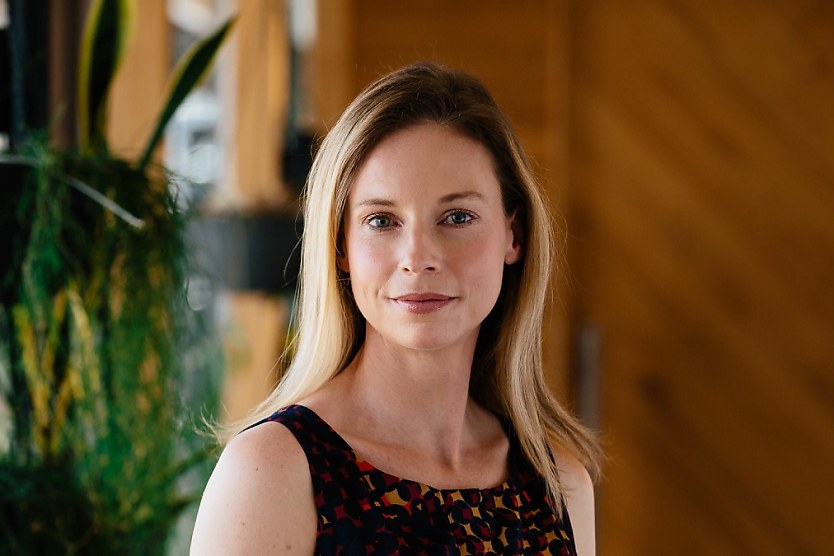The critical implications for talent, female workers, and the future of work from recent federal budget
SHARE THIS ARTICLE

The recent federal budget provided a refreshing focus on women, workforce participation, inclusion, capacity, and the future of work. This is the first budget we have seen in a long time that is promising to deliver significant childcare support, as well as expanded paid parental leave to families and those wanting to return to the workforce. We have also seen gender equality in the workforce given the significance it deserves as an economic priority.
Here is my take on the four key themes for women, inclusion, the future of work, and workforce participation as a whole:
Intentional investment to unlock women’s workforce participation
The budget tackles gender issues to form a more holistic strategy across the intersecting world of work and home. This new perspective means that female participation can’t be looked at only within the workforce, but needs to be addressed in relation to childcare, parental leave, and women’s health and safety. The important role that gender stereotypes and bias have on many of the engendered challenges we still experience are also addressed, which is important progress.
With this approach in mind, there is so much economic potential for us if we can get more women into the workforce.
The ABS sees the most common barrier to workforce participation for women being caring for children. If we can fix that, then it becomes possible for women to work more. But it has to be economically viable for a woman to work – right now a lot of mums are going to work just to pay childcare. Childcare is one of the most critical levers to enable women’s participation and leadership in the workplace.
In the words of the Minister for Women and Finance Katy Gallagher at the recent Jobs Summit, “If women’s workforce participation matched men, we would increase GDP by 8.7 per cent or $353 billion by 2050.”
Having said that though, the budget only provides for 1,469 new early education teachers. This is a drop in the ocean when we consider the current talent shortfall in this sector. And we don’t just need early education teachers, we need great early education teachers, because whilst we want high workforce participation, it should not be at the cost of poor-quality childcare and education.
The recent budget brought with it positive changes to flexible work, allowing flexibility options for anyone who might need it. However, I still don’t see this budget addressing the significant impact of caregiving on women’s superannuation and I would love to see this addressed in the next budget.
The Paid Parental Leave scheme is also getting a major overhaul and frankly, it is about time, increasing from 20 to 26 weeks to both mothers and fathers and removing eligibility barriers to access for an additional 2,200 families.
Digital connectivity is our future
Australia should evolve into a more modern workforce with the budget’s investment in digital connectivity for 1.5 million premises. While this budget has provided a great foundation for lifting productivity, I would have liked to have seen some more tangible strategies for transitioning to a digitised economy. This will play a huge part in making Australia a magnet for talent.
Attracting talent to Australia once again
The increase in skilled migration by 35,000 to 195,000 will be useful, but the question I had after the Jobs Summit was whether migrants would want to relocate to Australia.
‘Brand Australia’ took a battering during COVID-19 due to our handling of the pandemic (especially how we treated short-term visa holders), and our distance from the rest of the world. So, investment in promoting Australia as a place to live and work is essential and it is great to see the government addressing this in part by having the Department of Home Affairs undertake a Brand Australia refresh.
Given the existing skills shortage, especially in critical areas like aged care which alone needs to find an extra 35,000 aged care workers per year to fill growing skills shortages,
migration isn’t going to be a silver bullet to our talent woes. The 35,000 increase is a conservative figure, so it’s great to see a more holistic approach being taken in this budget to workforce participation. It is also encouraging to see the government spending money on faster visa processing, although pathways to permanent residency will also come under scrutiny by potential migrants.
Wages
The budget didn’t give any signs that real wages will be going up anytime soon. In fact, it looks like we are going to see a reduction in real wages between now and 2024. Domestic inflation is the highest we have seen since 1988 and the unemployment rate is at an all-time low. Any wage growth is likely to be absorbed by the rising cost of living and inflation, and this is expected to continue for some time.
Overall, this seems like a sensible budget given we are seeing a ‘correction’ after the significant government spending undertaken during COVID-19 and the overstimulation of the economy we have experienced as a result.
Nadine O’Regan is the general manager for TQSolutions
